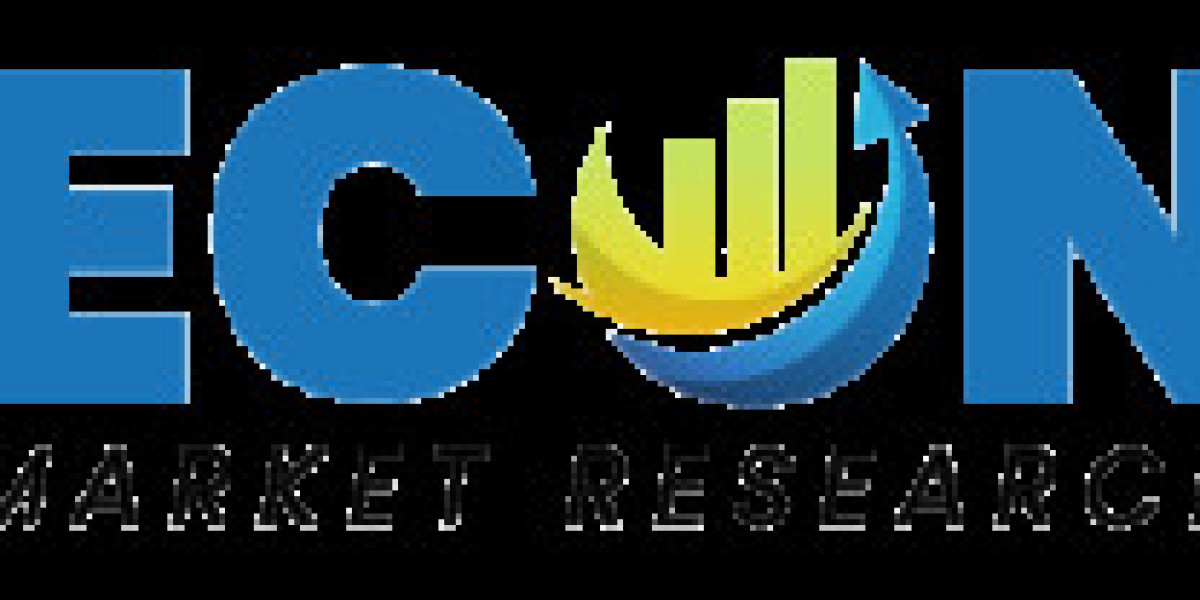Originally Published on: SpendEdge |How to Use the Radar Risk Tool for a Clearer View of Supply Chain
Radar, an innovative tool for risk assessment, is meticulously designed to empower businesses in understanding labor rights and environmental risks within their supply chains. Managing supply chain risk can feel overwhelming due to its multifaceted nature, encompassing countries, sectors, and tiers. Nonetheless, it remains a pivotal element in fortifying an ethical and resilient supply chain. Radar simplifies risk evaluation by consolidating inherent country and sector risks with supplier-specific information, shedding light on potential issues. Through interactive global visualization and site-specific data, Radar reveals known risks at suppliers' sites, along with additional issues prevalent in specific sectors, countries, or regions. This enables businesses to gain insight into the most probable issues in their supply chains, even during the initial stages of risk assessment, empowering them to prioritize audits, risk management, and improvement initiatives based on the most common or severe issues. By emphasizing vulnerable workers in risk assessment, Radar encourages companies to focus on how risks may impact these individuals and to develop effective due diligence and improvement plans tailored to their needs.
#RiskManagement #Sustainability
Incorporating intelligent, cloud-based supply chain management tools like Radar aligns with the findings of the SAP 2022 Supply Chain Survey, which underscores the increasing importance of supply chain visibility and the adoption of ERP and supply chain management systems. These tools facilitate supply chain planning and visibility, promoting transparency and leveraging technologies such as blockchain to mitigate business information risks, environmental risks, and various other supply chain risks. Notably, these risks encompass supplier performance, geopolitical risk, reputational risk, climate risk, and cyber risk, among others.








